Samsung's dominance in the foldable market is about to face its biggest test yet. The company controls a significant portion of the US market largely due to limited competition, and Samsung has officially confirmed development of what could be its most ambitious device to date, the Galaxy Z TriFold. This isn't just another incremental update, the TriFold represents a tablet-sized 10-inch display that folds down to phone dimensions, opening up possibilities we simply haven't seen before in the foldable space.
The timing matters. With competitors like Huawei pushing boundaries with devices like the Mate XT in markets where they are available, Samsung needed something compelling to reclaim the innovation narrative. The TriFold looks like the answer, a device that could reset expectations for mobile productivity tools.
What makes the TriFold's design so unique?
Samsung has taken a different engineering approach from its competitors, and the implications run deeper than the folding trick itself. The device uses a G-shaped hinge with dual infolding mechanism, which creates what looks like a U-shaped fold when closed. This contrasts with Huawei's Z-shaped fold seen on the Mate XT Ultimate Edition.
The user experience is where that decision really shows. Samsung's layout centers on a cover display flanked by two folding panels. When folded, users get a 6.5-inch external screen, but unfolding reveals the impressive 10-inch tablet experience. Unlike Huawei's approach where part of the main display remains exposed when folded, Samsung's inward-folding design keeps the entire main display protected inside, a clear win for durability and scratch resistance.
What stood out in early demos was simple and striking, the prototype showed no visible crease lines, suggesting major improvements in Samsung's hinge and screen technology. One of the biggest knocks on foldables, quietly addressed.
There is a trade-off. Samsung's design is all or nothing, you use the cover display or the full 10-inch canvas. No partial configurations like Huawei's setup. The upside, a simpler interface and cleaner software optimization.
Hardware specs that could set new standards
The revolution here is not only the screen, it is how Samsung has rethought power management for foldables. Patent documents reveal three distinct batteries within the device, with each battery positioned in separate folding segments to balance power and weight distribution. Three batteries for three panels, a straightforward way to power the whole system while keeping the device from feeling lopsided.
Performance should match the ambition. The TriFold is expected to feature cutting-edge hardware including the latest processing power, and early rumors point to up to 16GB of RAM and 1TB storage options. Those numbers aim squarely at people who want a phone that can stand in for a laptop.
The camera system follows Samsung's recent momentum in foldable photography. The device is expected to feature the same 200MP camera system that debuted in the Z Fold 7, positioned on the leftmost rear panel alongside ultrawide and telephoto lenses. That location matters, it lets you shoot high quality selfies with the main cameras and preview comfortably on the expanded display.
Launch timeline and availability details
Samsung's rollout has been careful and very public. The prototype made its first public appearance at the K-Tech Showcase during the Asia-Pacific Economic Cooperation summit, which gave industry watchers a real look at the device in action rather than a concept reel.
The schedule is picking up speed. Official announcements are expected in late November or early December, a window that lines up with the premium holiday buying season.
Distribution will start small and focused. The device will initially launch in Samsung's home country of South Korea and the UAE, with production limited to under 200,000 units total. That controlled release lets Samsung refine manufacturing, watch how people actually use it, and measure demand before scaling up.
Pricing signals its premium status. Expected price point of around 3 million won (roughly $2,300), potentially exceeding $3,000 in other markets. Steep, yes, but easier to swallow if it truly replaces both a high end phone and a tablet.
Where does this leave the foldable future?
The Galaxy Z TriFold is Samsung's boldest move to stay ahead as foldable competition heats up. With Huawei's Mate XT showing what tri fold designs can do and others tinkering in the background, Samsung needed a device that reasserts its technical lead while opening real, everyday use cases.
The rollout plan helps. Starting with limited availability gives Samsung time to perfect manufacturing, tune software, and build demand, all without risking a messy global launch that could sour a new category.
Productivity is where this could click. Samsung's DeX desktop environment finally makes sense on a 10-inch display, a setup that could feel like a laptop replacement when paired with a keyboard and mouse. The three panel layout invites true multitasking, imagine three full sized apps running side by side or a dedicated control panel on one segment while you work on the other two.
For the broader market, the TriFold looks like evolution in motion. Samsung is taking lessons from seven generations of Z Fold devices and applying them to the core challenge of foldables, maximize screen space while keeping portability and durability. The solution, three batteries, dual hinges, and tight software work, could shape designs for years.
Bottom line, the TriFold is Samsung's biggest foldable bet yet. If the company nails seamless productivity in a pocketable form and keeps durability and battery life in check, it could set the tone for the next decade of premium mobile devices. I am optimistic, the limited release gives Samsung room to prove the concept in the real world before taking it worldwide.




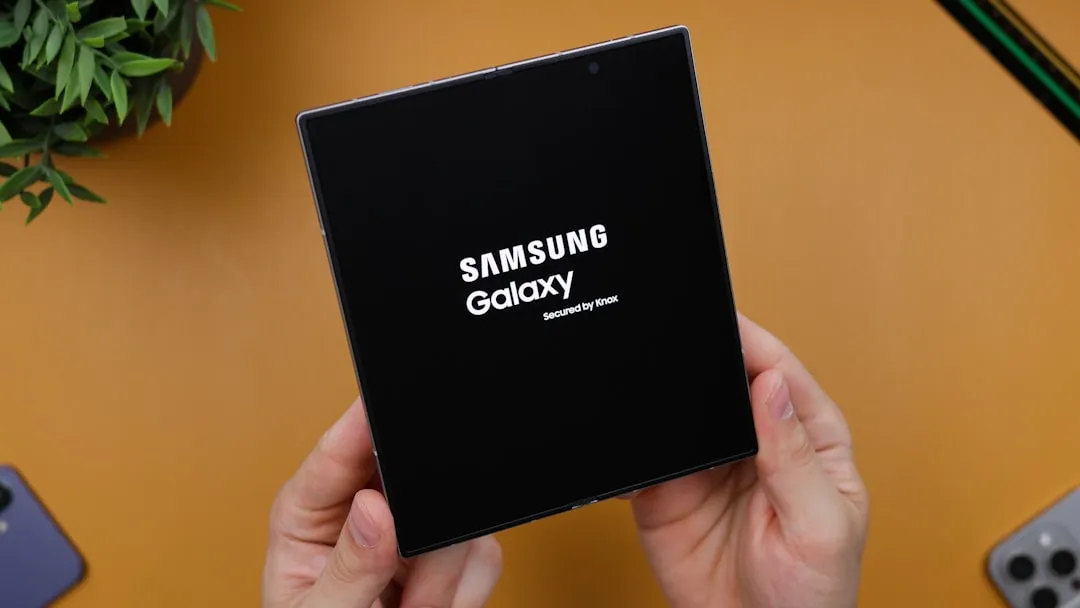


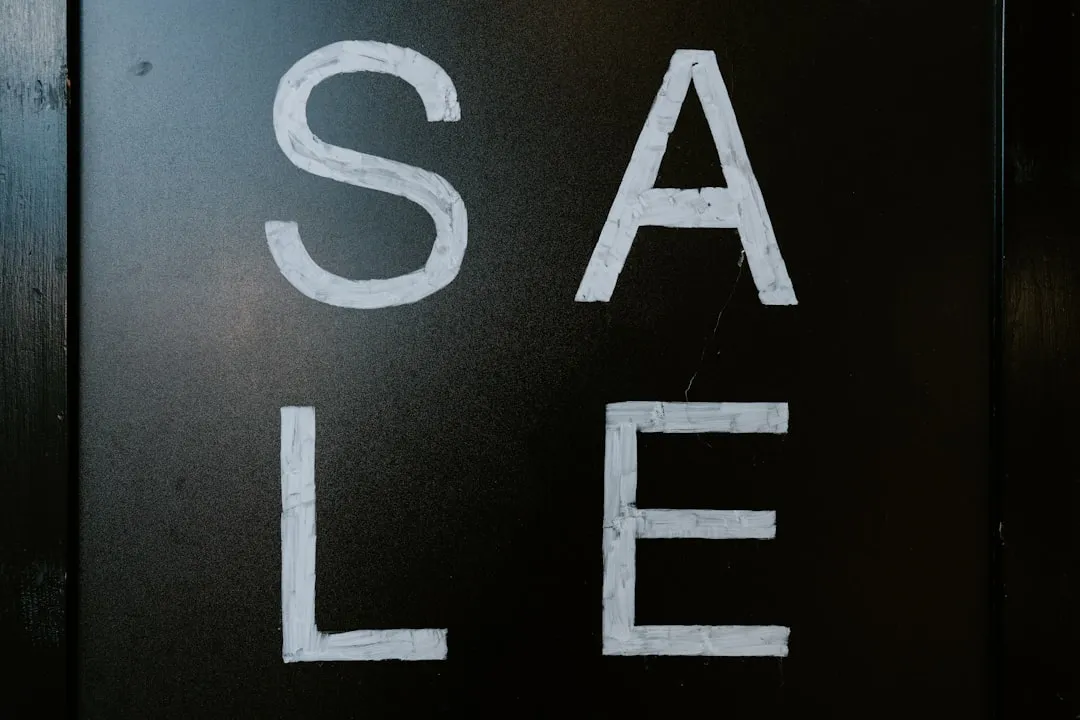
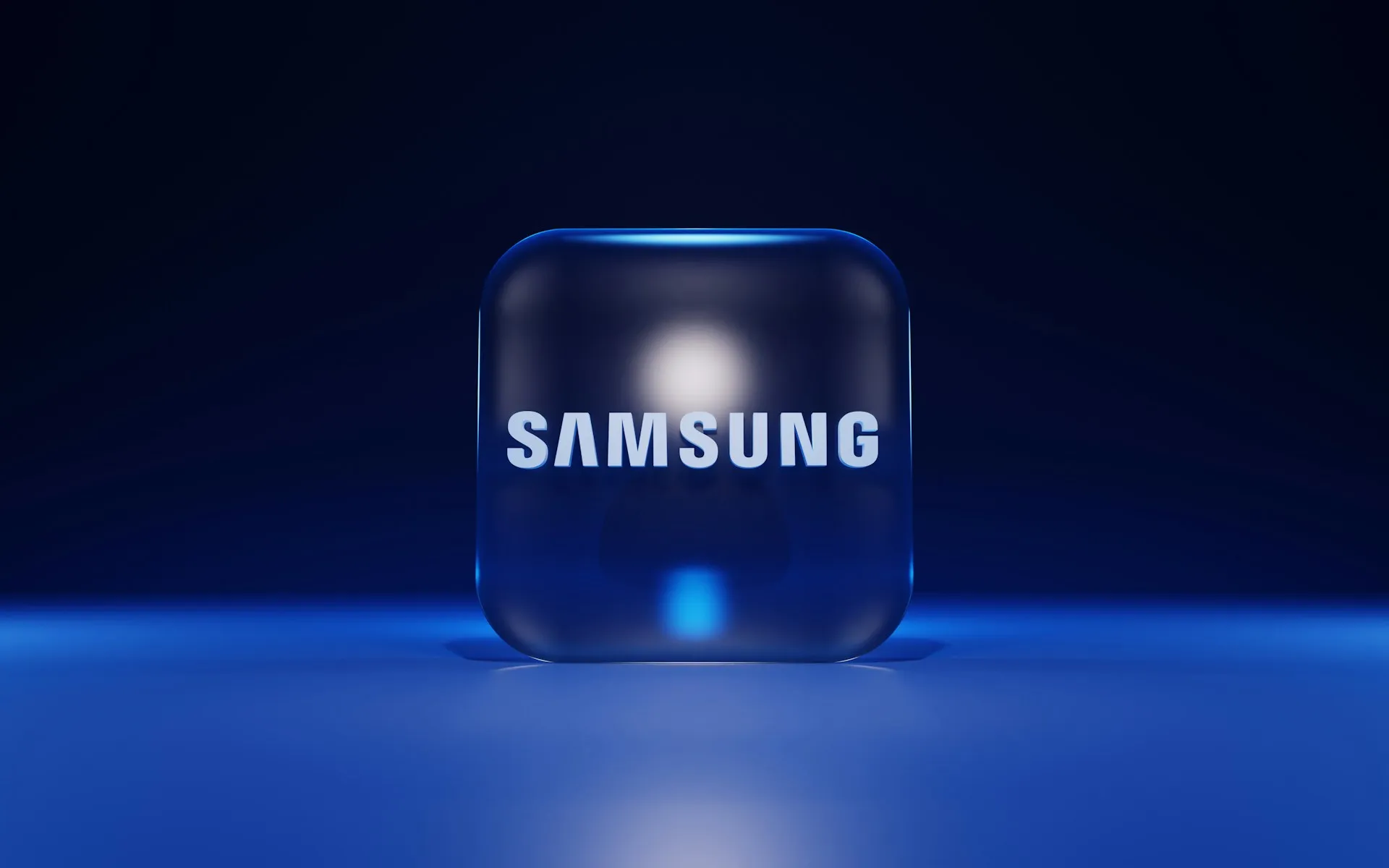



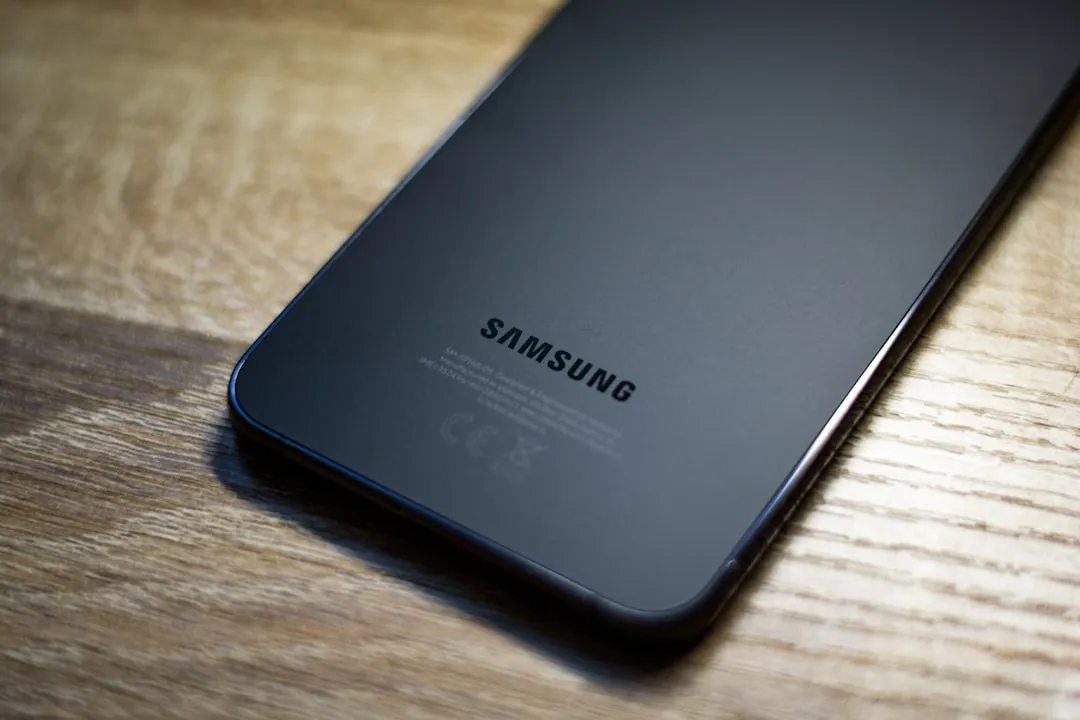





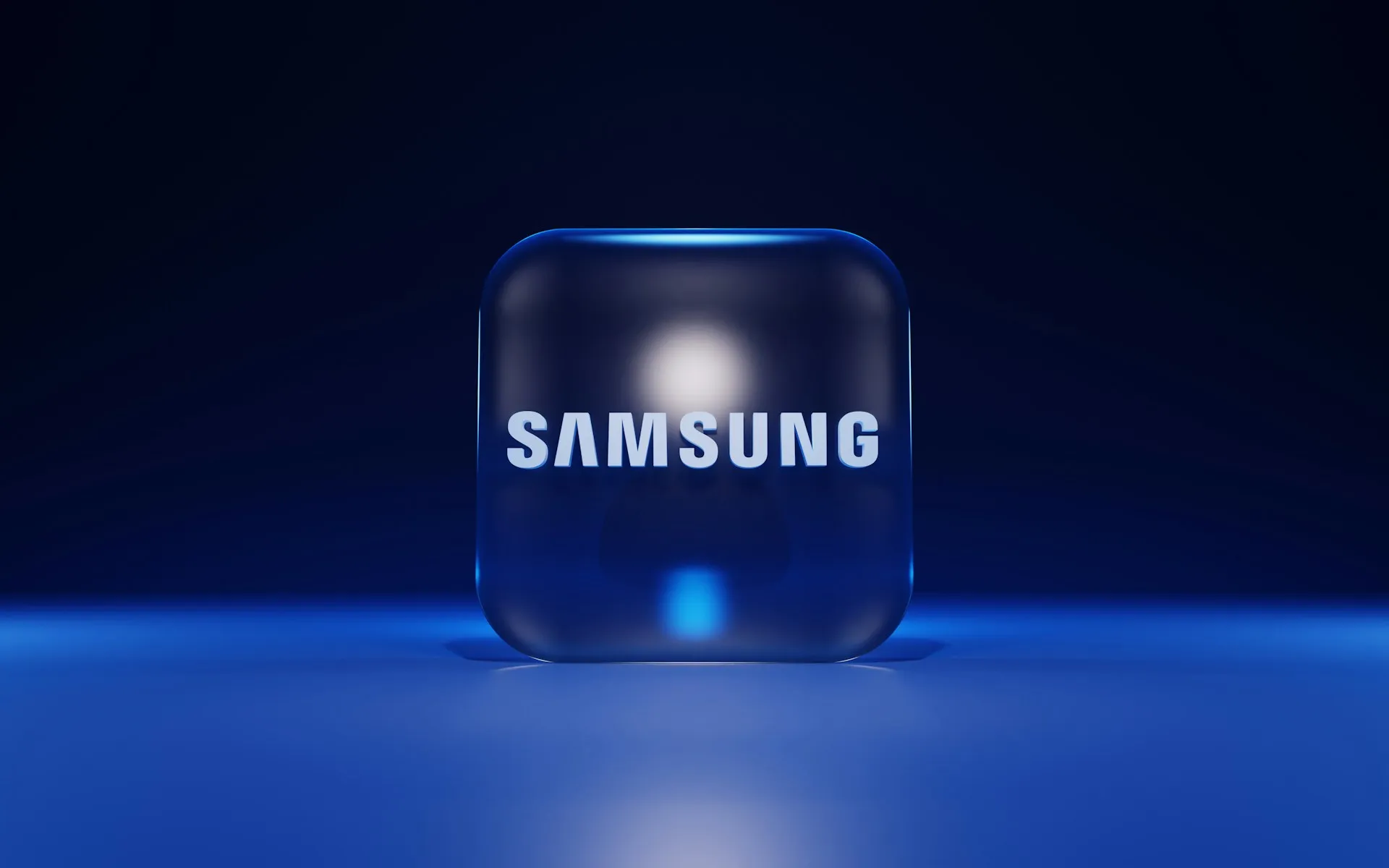

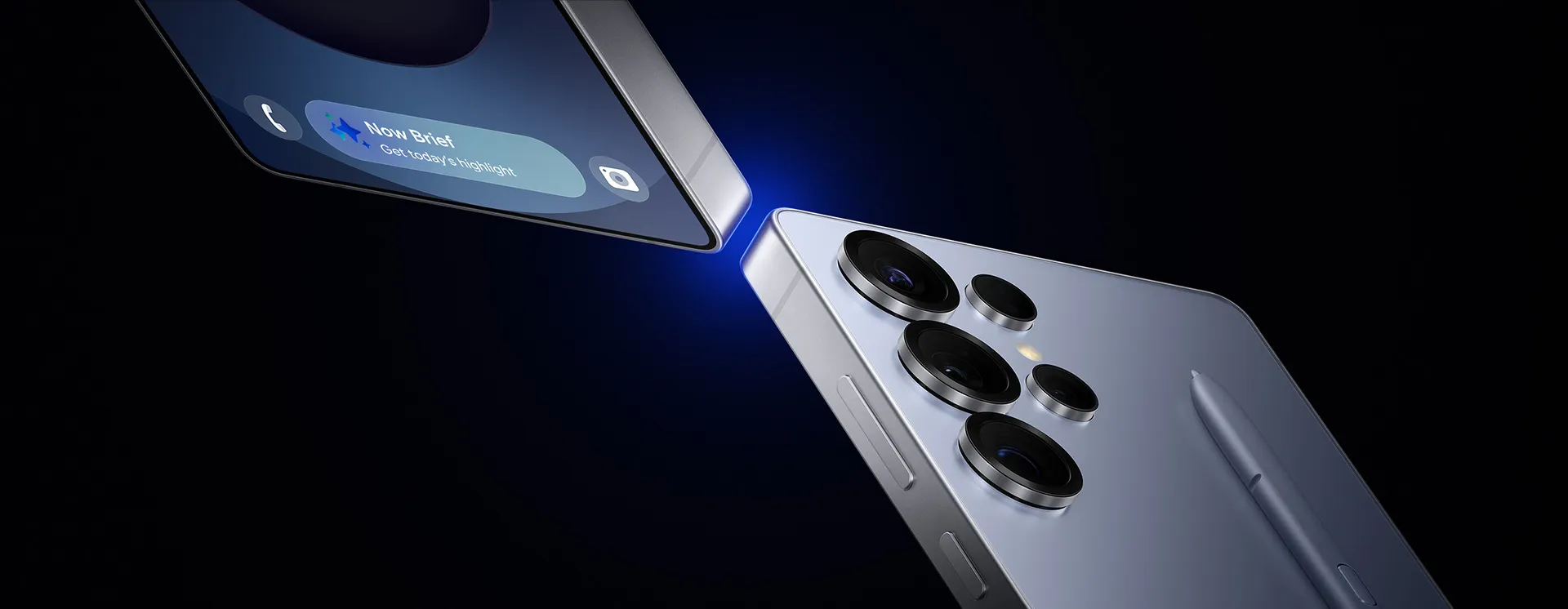

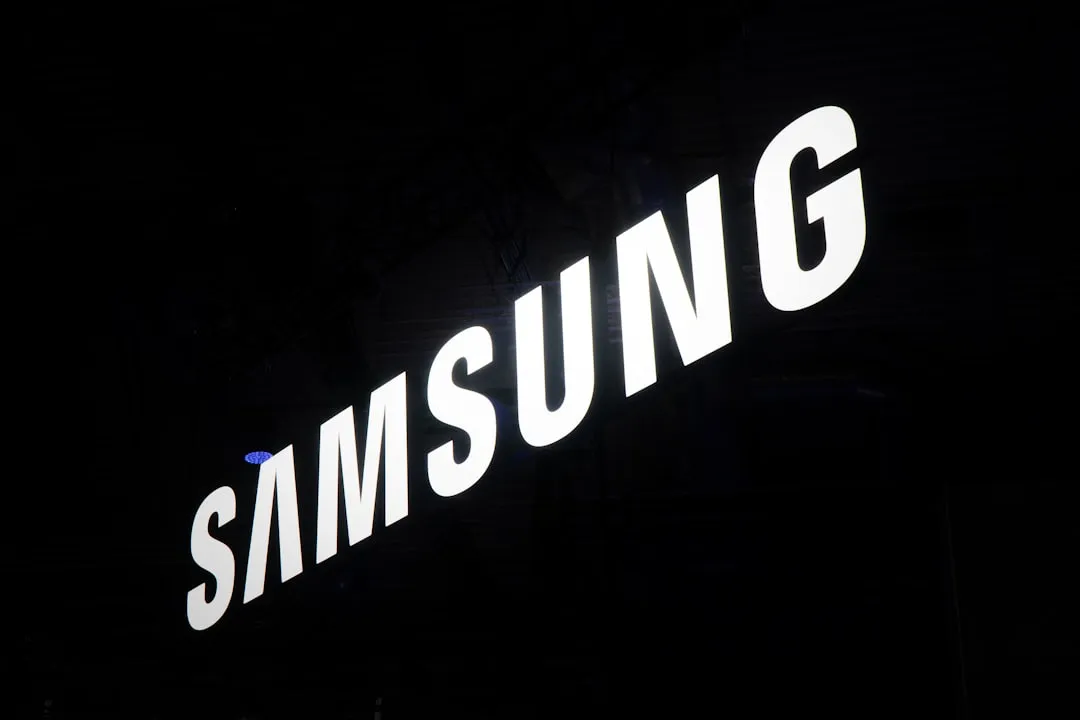

Comments
Be the first, drop a comment!